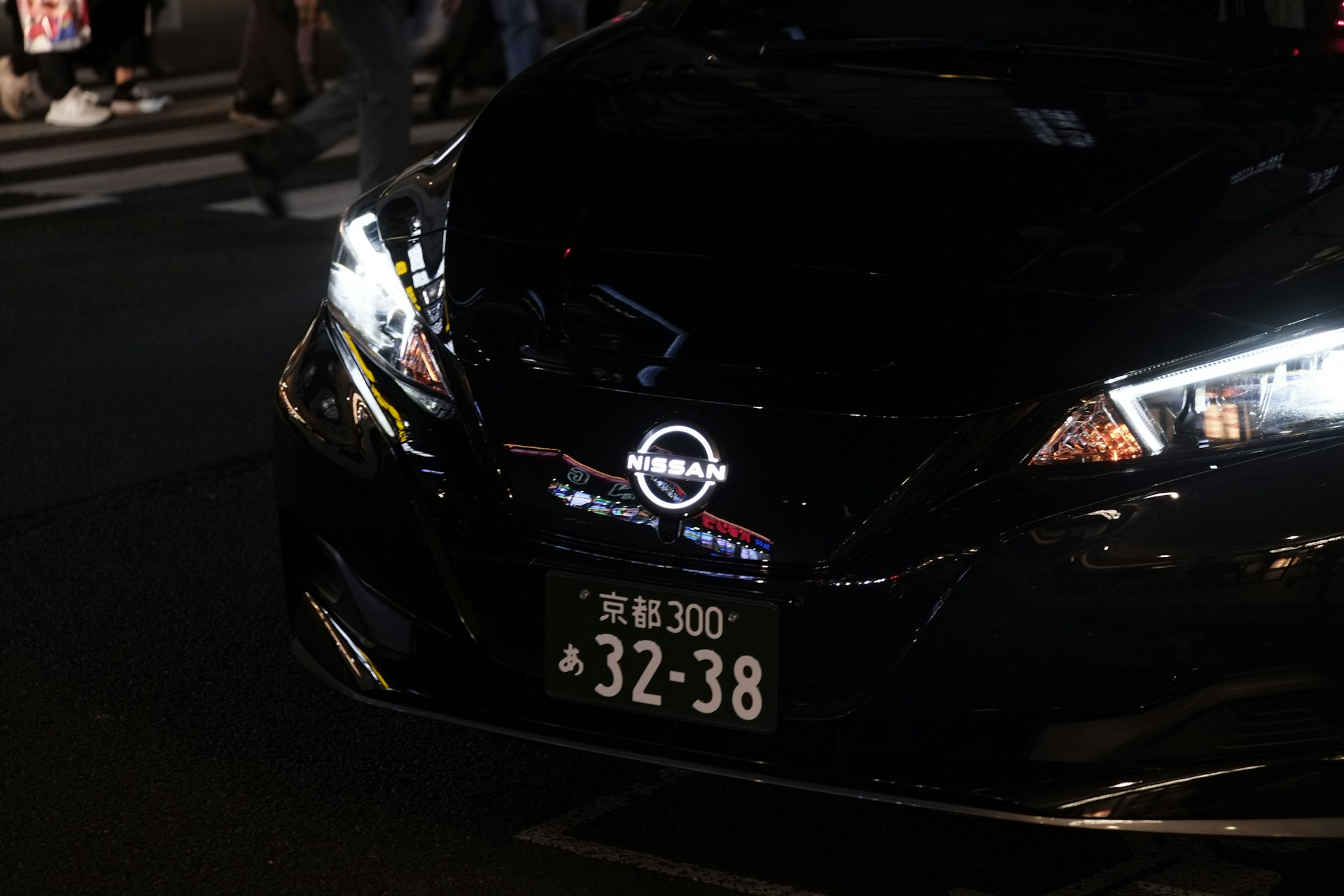The Nissan Juke, known for sparking the B-SUV segment, remains a cornerstone in the crossover market. With its bold design and compact dimensions, it set the standard when it debuted in 2011. Now, Nissan is refining the second-generation model to maintain its appeal ahead of an all-electric successor due in 2027.
A Pioneer in the Compact Crossover Segment
The original Nissan Juke played a pivotal role in creating what some call the B-SUV category, which refers to crossover vehicles based on supermini platforms. When the Juke arrived in 2011, it stood alone in its class. Within five years, the competition ballooned to 20 models, and today, over 40 rivals vie for attention in this fast-growing market segment.
The second-generation Juke, launched in 2020, introduced significant updates but hasn’t matched the UK-market success of its predecessor. While the original regularly sold over 30,000 units annually, the newer model has yet to surpass 20,000 sales per year. With its latest mid-life facelift, Nissan hopes to reverse this trend.
Underpinnings and Powertrain Choices
Unlike the first Juke, which used a bespoke chassis, the current model shares the CMF-B platform with other Renault-Nissan-Mitsubishi Alliance models, including the Renault Clio and Dacia Sandero. This shift also marked the discontinuation of diesel and all-wheel-drive options. Buyers now choose between petrol and hybrid front-wheel-drive powertrains.
The petrol engine is a 1.0-litre turbocharged three-cylinder unit producing 112bhp, available with either a six-speed manual or a seven-speed dual-clutch automatic transmission. In 2022, the range expanded to include Renault’s E-Tech hybrid system. This powertrain pairs a 1.6-litre naturally aspirated petrol engine with a 48bhp electric motor, a 20bhp starter-generator, and a 1.2kWh liquid-cooled battery, all managed by a unique four-speed dog gearbox.
Minimal Exterior Changes
Despite the facelift, Nissan has made minimal updates to the Juke’s exterior. Aside from reintroducing a signature yellow paint option, the design remains largely unchanged. Customer feedback indicates that the Juke’s bold styling is a primary reason for its popularity, so Nissan opted to preserve what works.
Focused Interior Enhancements
The 2024 update prioritizes improving the cabin, addressing criticisms that it lags behind rivals like the Ford Puma, Skoda Kamiq, and Vauxhall Mokka. Updates include better materials and a revamped ergonomic layout to enhance comfort and usability.
Trim Levels and Features
The revised Juke lineup now includes trims ranging from the base-level Visia to the premium Tekna+ model. Highlights of the range include:
- Visia: Entry-level trim with basic features.
- Acenta Premium: Rebranded from N-Connecta, this trim adds sat-nav, LED headlights, a rear parking camera, and cruise control.
- Tekna+: Offers 19-inch alloy wheels, two-tone paint options, and part-leather seats as standard.
- N-Sport: New for 2024, featuring a contrasting roof, wheel arches, and mirror caps for a sportier aesthetic.
Strengths and Weaknesses
The Nissan Juke’s strengths lie in its distinctive design, sporty handling, and ergonomic interior. However, it falls short in several areas compared to its class-leading rivals.
Pros:
- Stylish and unique design that continues to turn heads.
- Moderately sporty ride and handling balance.
- Improved interior layout with refined ergonomics.
Cons:
- Underwhelming engine performance, particularly in the petrol model.
- Inconsistent cabin quality compared to competitors.
- Practicality lags behind roomier B-SUV options like the Skoda Kamiq.
A Bridge to an Electric Future
The current Juke is expected to remain in production until 2027, when it will be replaced by a fully electric model inspired by the Nissan Hyper Punk concept. Until then, its interior-focused updates aim to keep it competitive in the increasingly crowded compact crossover market.
While it faces stiff competition, the Nissan Juke’s loyal fan base and bold design continue to make it a standout choice in its segment. With its sights set on the electric future, the Juke remains a key player in Nissan’s lineup.
